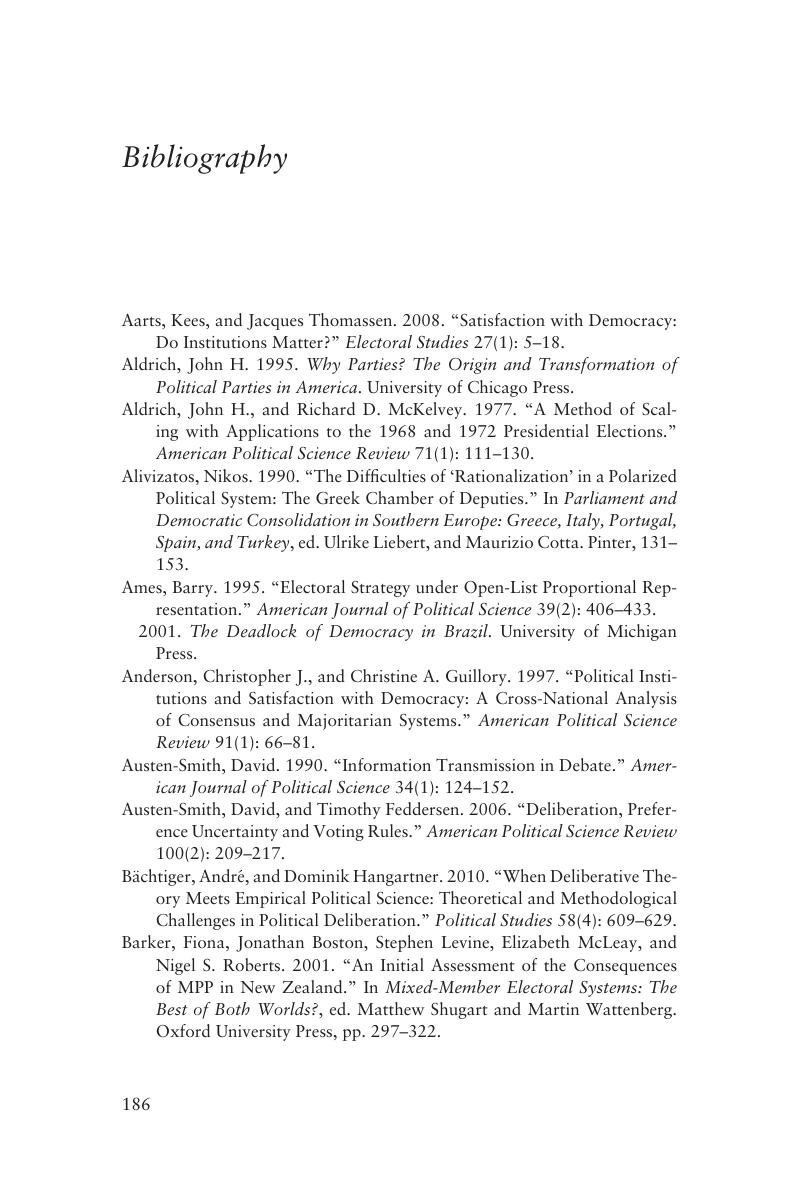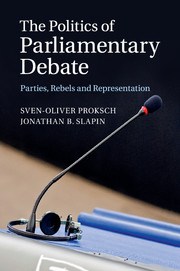Book contents
Bibliography
Published online by Cambridge University Press: 05 January 2015
Summary

- Type
- Chapter
- Information
- The Politics of Parliamentary DebateParties, Rebels and Representation, pp. 186 - 198Publisher: Cambridge University PressPrint publication year: 2014

